Ask MO Anything: Inaccurate Fuel Gauges
Is the gas half empty or half full?
Dear MOby,
I’ve owned three Japanese bikes since ’07: a Suzuki, a Honda, and a Yamaha. All three of them had the same annoying flaw in the fuel gauge. They all read full until half the gas is gone, then suddenly drop to half. From there on they give a fairly accurate readout for the rest of the tank.
I’ve asked around about this and some explanations I’ve heard are: “Americans like their gas gauges to work this way,” and “they do it that way so it seems like you’re getting better gas mileage than you really are.”
My theory is that it’s the best they can do given the small tank sizes that bikes have, or their unusual shapes, compared to the big, rectangular box shapes that most cars and trucks have.
What’s the real story?
Kenneth Moore
Dear Kenneth,
There are some things science still can’t explain, and this is one of them. Actually it’s perfectly simple. They all do that. But seriously, I was so impressed by the range indicator on our new Goldwing, I assumed there was some new electronic trickery that measured each atom of fuel as it passed through the throttle body. But when we look at the diagram we see that, nope, there’s part #25, the same old float on a stick vehicles have been using forever. The Honda’s gauge looks full for a long time before it too drops to two bars.
In a motorcycle’s weird-shaped tank maybe even more than in a car’s usually simple rectangular one, part of the problem may be that the float can only go up so far, and most of us fill the tank all the way to the top of the filler neck even though all the stickers on the tank warn against it – so maybe that’s like ¼-gallon, or ten miles of riding, before you even drain the tank to “Full.”
There are various theories for why this is, including an interview with a Ford engineer here, who says that’s how people like their car gas gauges to work – including the tank not being Empty when the gauge is on E. On most bikes, there’s still a whole gallon in there, like ¼ or ⅕ of the whole capacity, by the time the low fuel light comes on (or you switch to reserve). However inaccurate the top half of the gauge is, at least they’re accurate with that last gallon in the tank, which is the one that matters; we’ve never run dry on a test bike unless we’re just being stupid.
Anyway, life is too full of real problems to contemplate ones like this that really aren’t problems at all. It would be a problem if all new bikes and most old ones didn’t have two tripmeters – why not just reset one of them whenever you fill up, and learn how far your bike will go on a tank? Doing that really renders your gas gauge not much more than a not-very trustworthy dashboard decoration.
Send your moto-related questions to AskMOAnything@motorcycle.com. If we can’t answer them, we’ll at least do no harm in the time it takes to seek out a believable answer. And we’ll occasionally even admit we were wrong, even if we were right at the time. Depends on what the definition of “is” is.
More by John Burns



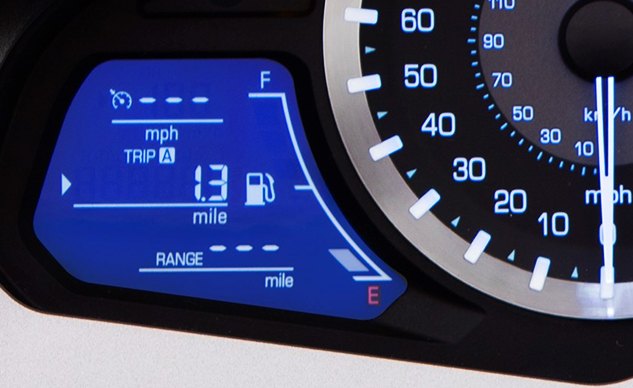
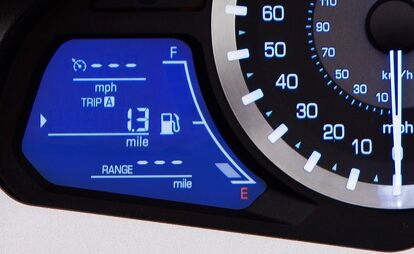




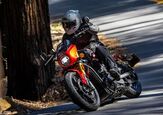
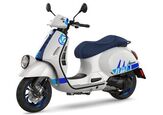
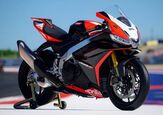

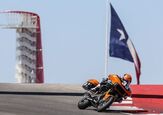
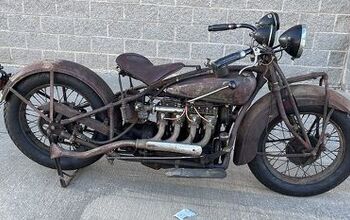
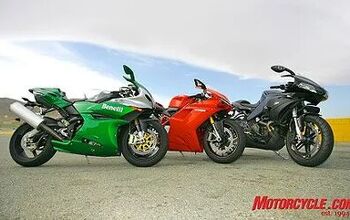
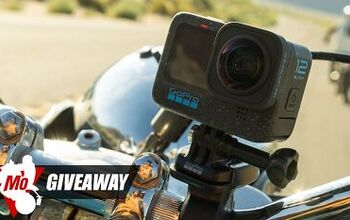

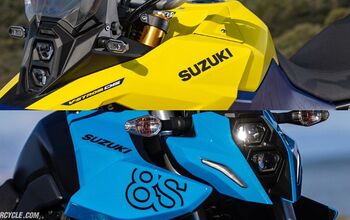

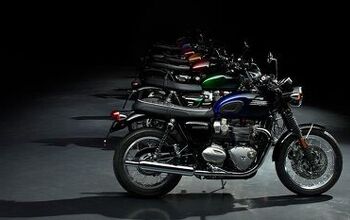


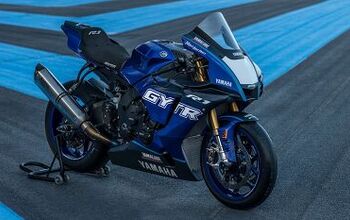

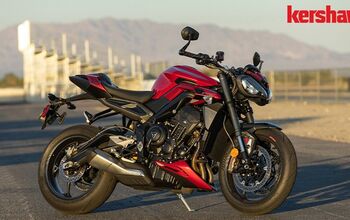
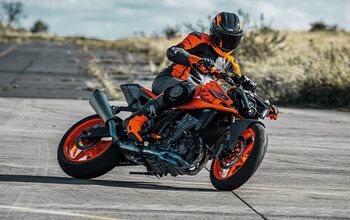
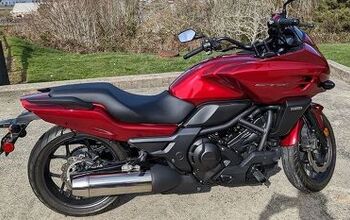
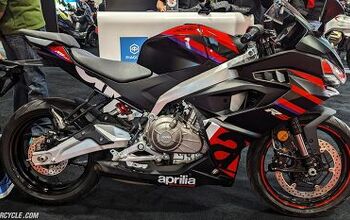

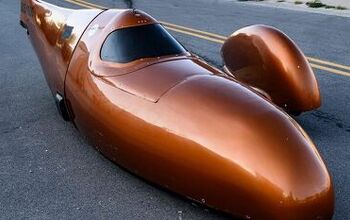

Comments
Join the conversation
Here's a related question- on some bikes (and I have one of them) there is a display that shows what the gas consumption is in mpg. Based on actual consumption (from odo mileage ridden divided by the amount of gas at fill-up) it's basically spot-on within a mile or 3 per gallon.
So the question is-- how do they measure the fuel consumption?
Heck, I’ve owned cars with reserve levers and no fuel gauge.
Now I feel real old.